Apologies in advance, tonight’s post is going to be a quickie, because I am home sick fighting off a nasty case of con crud I picked up at IlluXcon last weekend in Reading, PA.
Recently I had a conversation in which an illustrator, curious about what Art Directors do, asked me how I come up with ideas for covers. And I honestly had to think about it for a bit, because there’s really 2 components: Conscious and Subconscious. Consciously, I think about what genre/subgenre the book is, then what the current trends are for that genre. I think about the target audience for the book and what other media they might be consuming and influenced by. Of course I think about the content of the book, and the author’s other works. Budget and schedule have to be taken into account. Consciously I will decide, with the editorial team, whether a cover should be design-based, photo-based, or illustration-based. Consciously I will pick freelance artists to work with, if needed.
All that makes sense right?
The Subconscious side of it comes in not so much as decisions, but more like currents in the ocean that are moving you towards things without you realizing you’re being pushed by a current at all. I like to think of the process like a surfer: Your Conscious mind is the surfer on the board, and the Unconscious is the ocean, full of waves and currents. When you surf, you’re not sitting there calculating the wind speed and mathematical curves of a wave, you’re just trying to move with the wave and hang on.
An artist’s subconscious is drinking in inspiration all the time. Ideally every museum you visit, every piece of art you see, every other book cover, all that visual information turns into a soup in the back of your brain. If you keep that soup well-fed, it will affect what you’re doing consciously. It’s like the old adage that you are what you eat. An artist is often made up of everything they see, mixed into a stew, and left to ferment subconsciously. And when you start to work on a creative project, whatever your medium, then that soup makes waves and currents to affect your work.
Here’s a recent example: I was working on a cover for James Islington. It’s a big epic fantasy book called The Shadow of What Was Lost. We decided that Dominick Saponaro would be a great illustrator for the cover. We felt he did solid epic fantasy scenes and characters, but in a fresh more modern style. Dominick sent in some great thumbs, we went forward, and he started working on the values in grayscale. Something clicked at that stage, and I got very excited and started playing with the layout at that stage. I didn’t know why, but the painting in grayscale was really begging me to design with it.
And after a little playing, then asking Dom to finish the painting as a grayscale piece, we got here:
It’s a great package, everyone was really happy with it, and it looks fantastic printed on the final book:
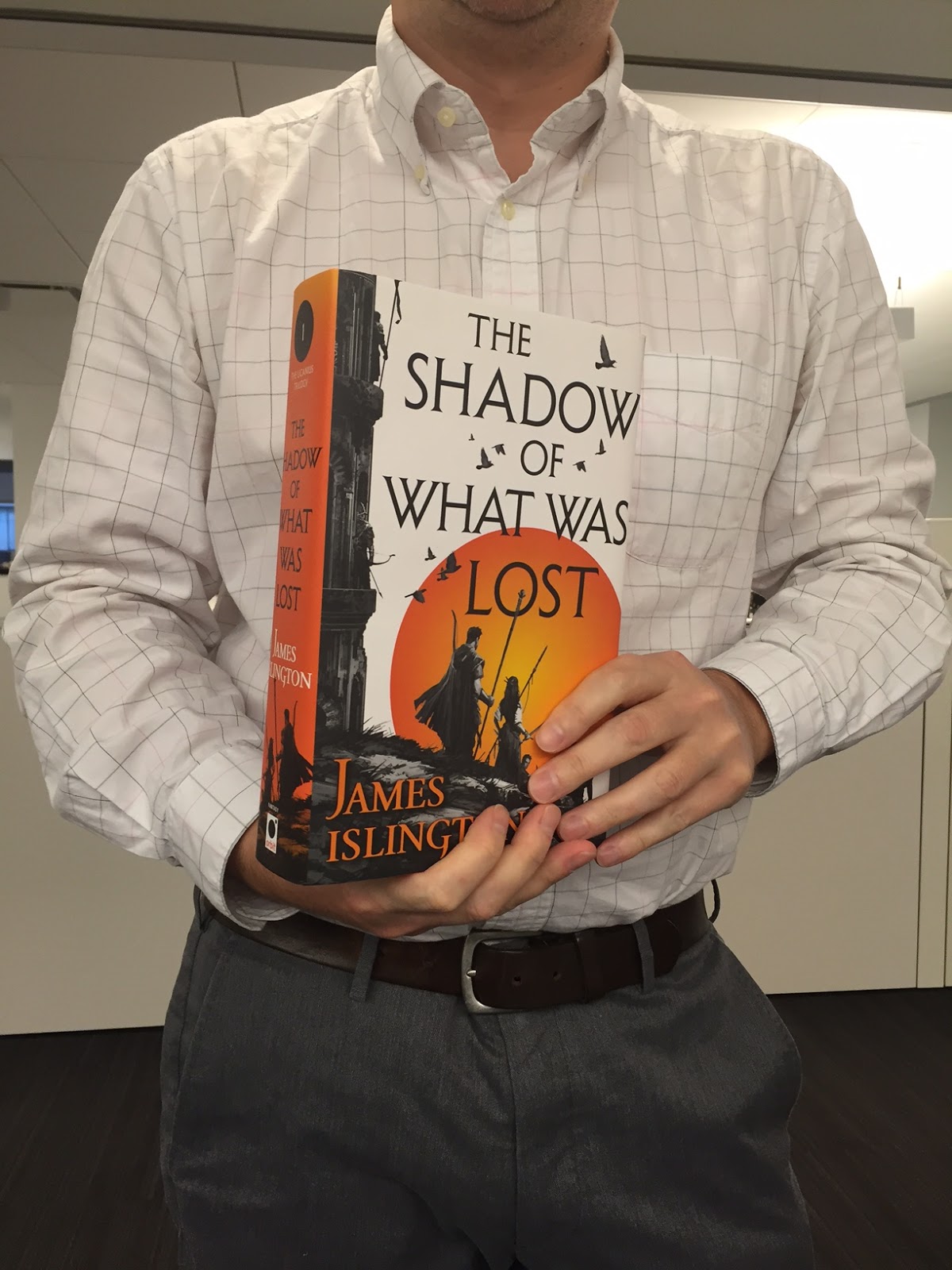 |
| Editor Will Hinton showing off the printed hardcover |
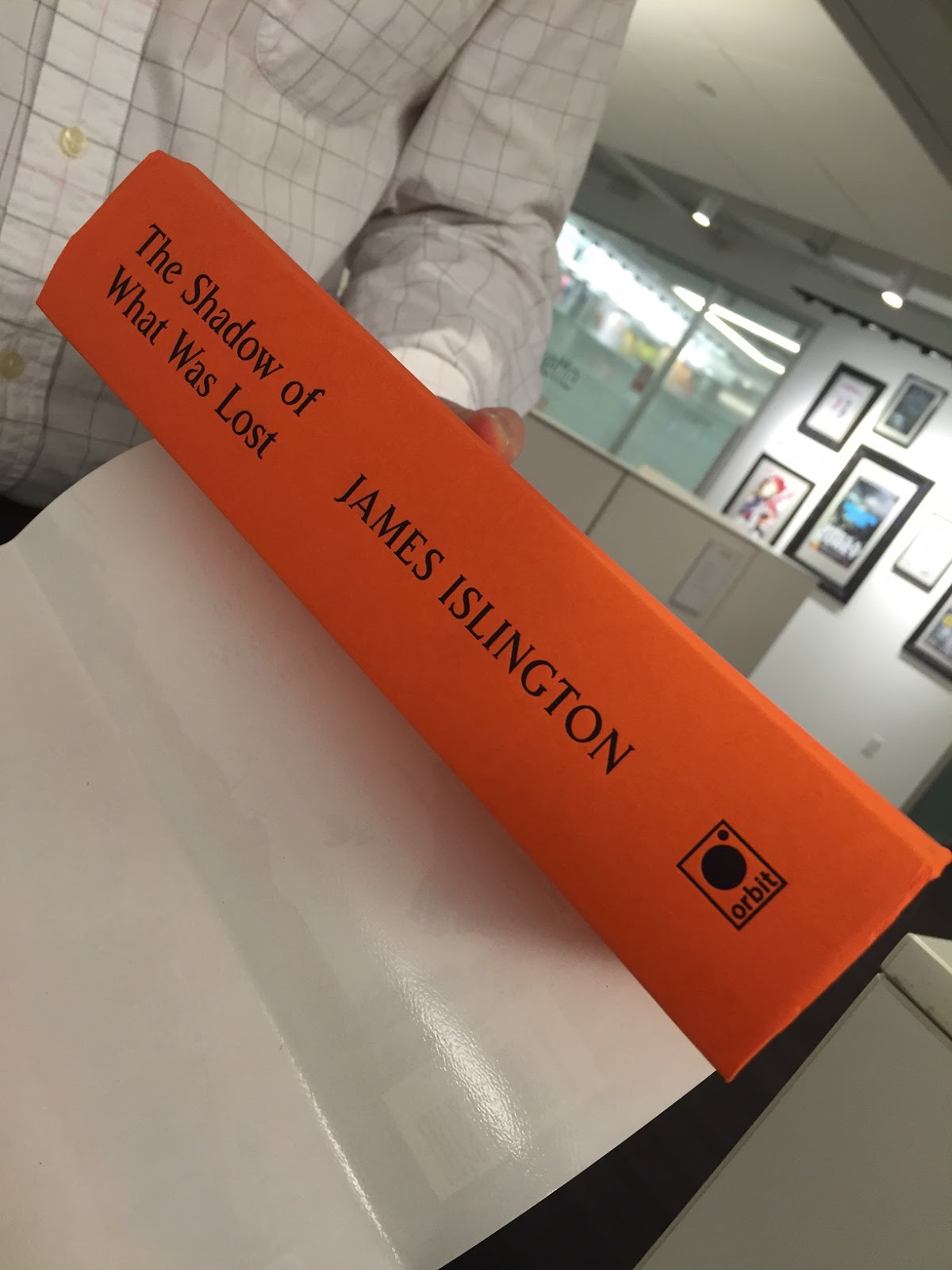 |
| We even did the case cover in orange! |
And the book has been in house now a few weeks, and then I was at Illuxcon talking to people about our big artist trip a few years back to the Brandywine Museum a few years ago, where I soaked up a ton of Wyeth family art. Especially N. C. Wyeth. And I remembered one of my favorite images from that trip:
I hadn’t thought of it at the time, but subconsciously, that image had absolutely been inspiration for the Shadow of What was Lost cover.
And with that having moved out of the dark of my subconscious and into my conscious mind, I came home and was unpacking, and looked up at the poster that hangs right over my bed:
One of my favorite pieces of both graphic design and surf culture: John Van Hammersveld 1964 poster for The Endless Summer movie. This is actually my dad’s original poster. (He taught me how to surf.) And I laughed, because of course that totally influenced the book cover as well.
I hadn’t consciously thought of either of these images, but they had influenced and directed that book cover. And that’s the best way to use inspiration — subconsciously. You’re not consciously copying anything, it’s just melted into you and comes out through your personal filter and skills, back out into the world in a new way.
So there you go, a little peek into the inside of my brain. Enjoy!


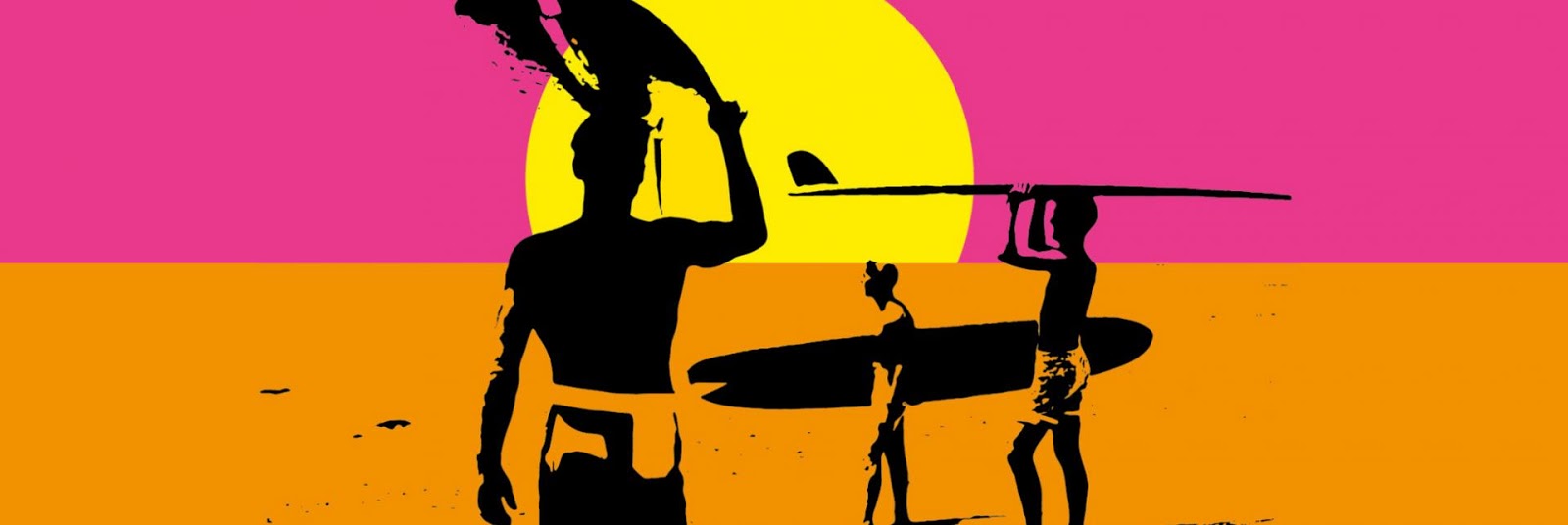
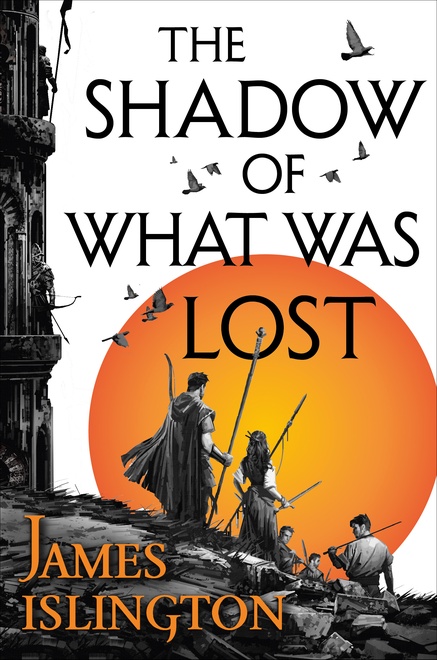
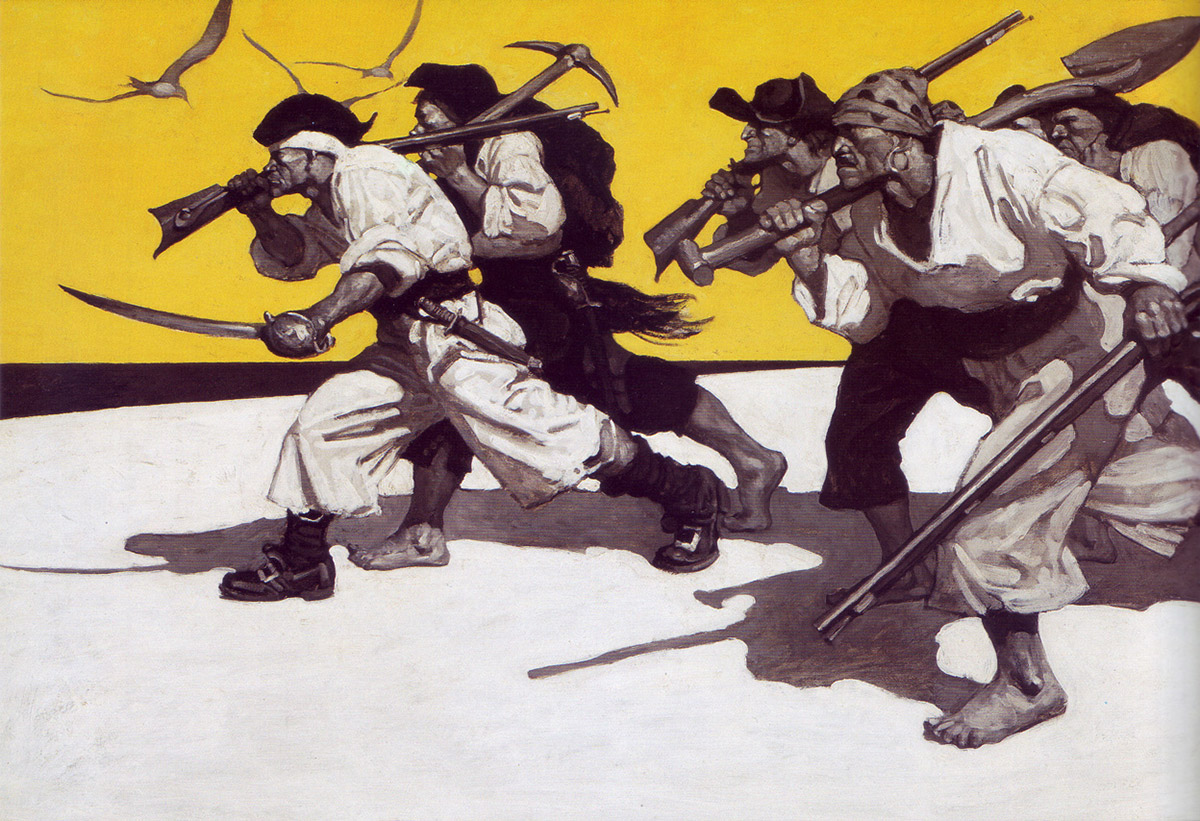

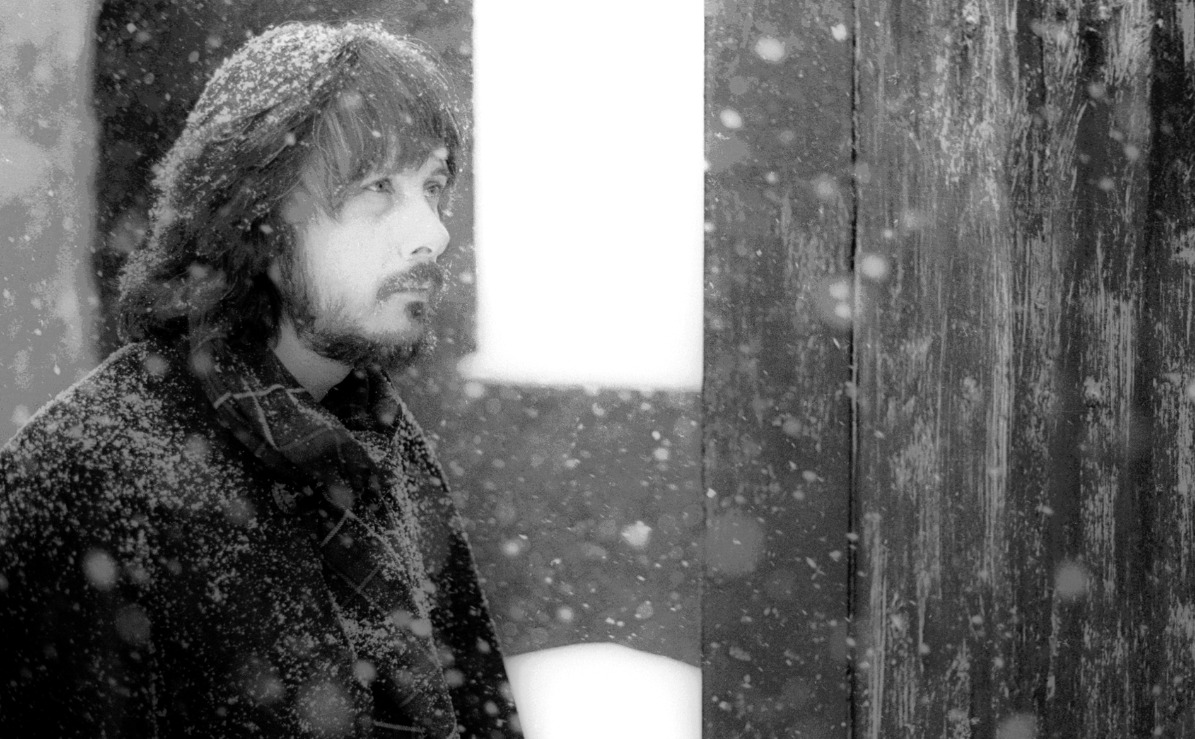
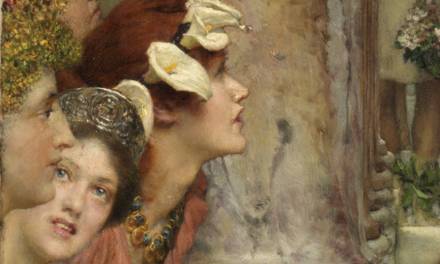
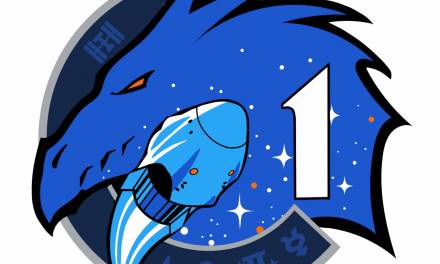


Dear Lauren,
This article is timely for me. I am currently devouring N.K. Jemisin's “The Fifth Season” and I, as always, checked to see who did the cover. I noticed that you did. It is a wonderful match for the novel! To me, it has a lovely visual weight. That being said, I would love to know what processes/ideas/scribbles came before that led you to that design. What made that concept sing for you?
Thank you very much…
Light and Laughter,
Elizabeth Leggett
I love this analogy, especially the subconscious drinking in inspiration. Sometimes you get that moment when you're actually AWARE of what you're drinking, and that's doubly helpful. It helps you navigate what can be a really daunting, overwhelming ocean sometimes.